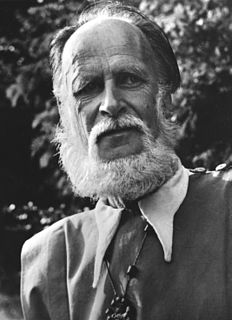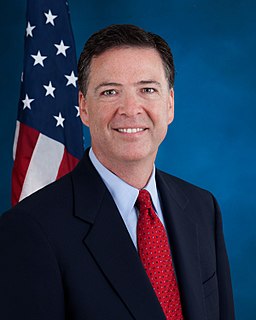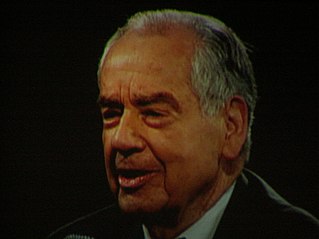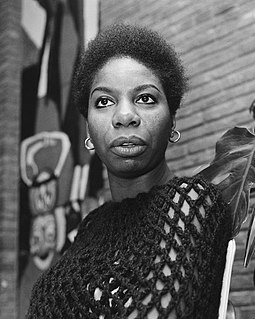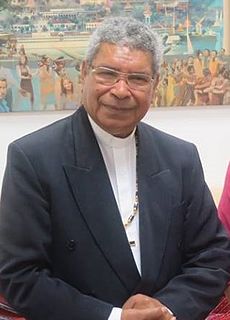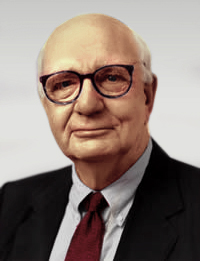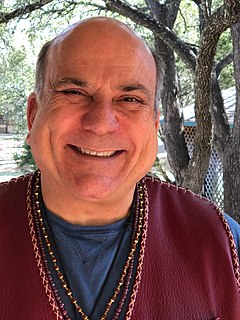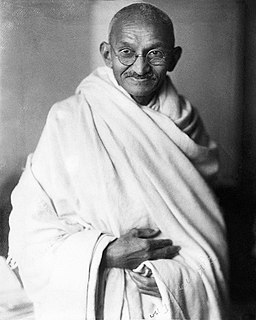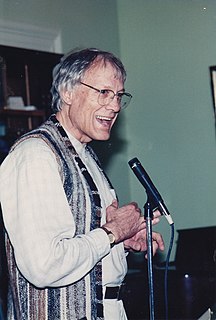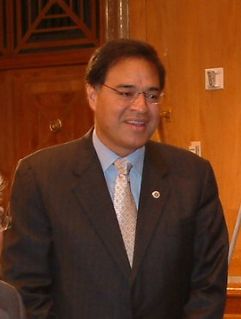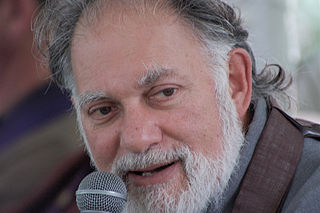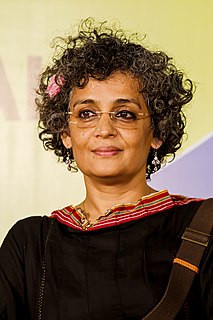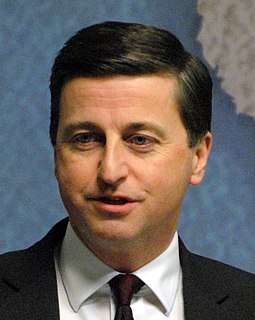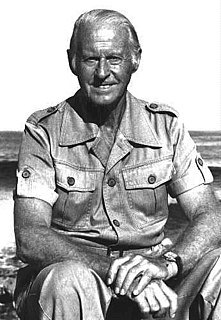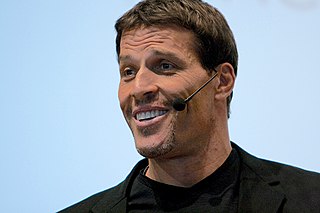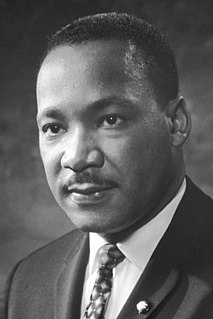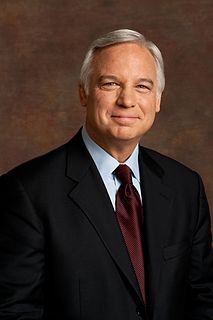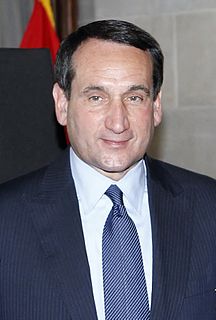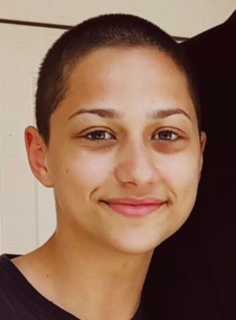Top 1200 Nonviolent Communication Quotes & Sayings
Explore popular Nonviolent Communication quotes.
Last updated on April 14, 2025.
A second person that's come to my life very recently, and I'm thankful for it, is Marshall Rosenberg, the founder of the Nonviolent Communication Organization. He has all these books about how we can use our language nonviolently to help create peace. He's using a lot of Buddhism too, but he's helping me to think about language.
In nonviolent communication, no matter what words others may use to express themselves, we simply listen for their observations, feelings, needs, and requests. Then we may wish to reflect back, paraphrasing what we have understood. We stay with empathy, allowing others the opportunity to fully express themselves before we turn our attention to solutions or requests for relief.
The world censures those who take up arms to defend their causes and calls on them to use nonviolent means in voicing their grievances. But when a people chooses the nonviolent path, it is all too often the case that hardly anyone pays attention. It is tragic that people have to suffer and die and the television cameras have to deliver the pictures to people's homes every day before the world at large admits there is a problem.
I myself would go for nonviolence if it was consistent, if everybody was going to be nonviolent all the time. I'd say, okay, let's get with it, we'll all be nonviolent. But I don't go along with any kind of nonviolence unless everybody's going to be nonviolent. If they make the Ku Klux Klan nonviolent, I'll be nonviolent. If they make the White Citizens Council nonviolent, I'll be nonviolent. But as long as you've got somebody else not being nonviolent, I don't want anybody coming to me talking any nonviolent talk.
In 1989, thirteen nations comprising 1,695,000 people experienced nonviolent revolutions that succeeded beyond anyone's wildest expectations . . . If we add all the countries touched by major nonviolent actions in our century (the Philippines, South Africa . . . the independence movement in India . . .) the figure reaches 3,337,400,000, a staggering 65% of humanity! All this in the teeth of the assertion, endlessly repeated, that nonviolence doesn't work in the 'real' world.
Schools in which students and teachers relate as partners-where Rosenberg's Nonviolent Communication is part of every interaction are communities of learning, rather than top-down, impersonal factories. Young people begin to see school as a safe and exciting place of exploration where they can share feelings and ideas, and where each child is recognized, valued and nurtured.
The extraordinary language of Nonviolent Communication is changing how parents relate to children, teachers to students, and how we all related to each other and even to ourselves. It is precise, disciplined, and enormously compassionate. Most important, once we study NVC we can't ignore the potential for transformation that lies in any difficult relationship - if we only bother to communicate with skill and empathy.
The Indian government has managed to turn the concept of nonviolence on its head. Nonviolent resistance and nonviolent governance. Unlike, say, China or Turkey or Indonesia, India doesn't mow down its people. It doesn't kill people who are refusing to move. It just waits it out. It continues to do what it has to do and ignores the consequences.
If I'm using Nonviolent Communication I never, never, never hear what somebody thinks about me. Never hear what somebody thinks about you, you'll live longer. You'll enjoy life more. Hear the truth. The truth is that when somebody's telling you what's wrong with you, the truth is they have a need that isn't getting met. Hear that they're in pain. Don't hear the analysis.
[I]t must be emphasized that nonviolent resistance is not a method for cowards; it does resist. If one uses this method because he is afraid or merely because he lacks the instruments of violence, he is not truly nonviolent. This is why Gandhi often said that if cowardice is the only alternative to violence, it is better to fight.
I knew that I could never again raise my voice against the violence of the oppressed in the ghettos without having first spoken clearly to the greatest purveyor of violence in the world today - my own government.... There is something strangely inconsistent about a nation and a press that would praise you when you say, 'Be nonviolent toward Jim Clark,' but will curse and damn you when you say, 'Be nonviolent toward little brown Vietnamese children!' There is something wrong with that press.
COMMUNICATION: If I had to pick a first rule of communication-the one practice above all others that opens the door to connecting with others-it would be to look for common ground. Too often people see communication as the process of transmitting massive amounts of information to other people. But that's the wrong picture. Communication is a journey. The more that people have in common, the better the chance that they can take that journey together.
I believe the principles and techniques in this book, Nonviolent Communication: A Language of Life, can literally change the world, but more importantly, they can change the quality of your life with your spouse, your children, your neighbors, your co-workers and everyone else you interact with. I cannot recommend it highly enough.
As far as nonviolence and Spiritual Activism, Marshall Rosenberg is it! Nonviolent Communication: A Language of Life, is essential reading for anyone who wants to improve their communication skills. Applying the concepts within the book will help guide the reader towards a more loving, compassionate, and nonviolent way of understanding and functioning with others, and foster more compassion in the world. I highly recommend this book.




